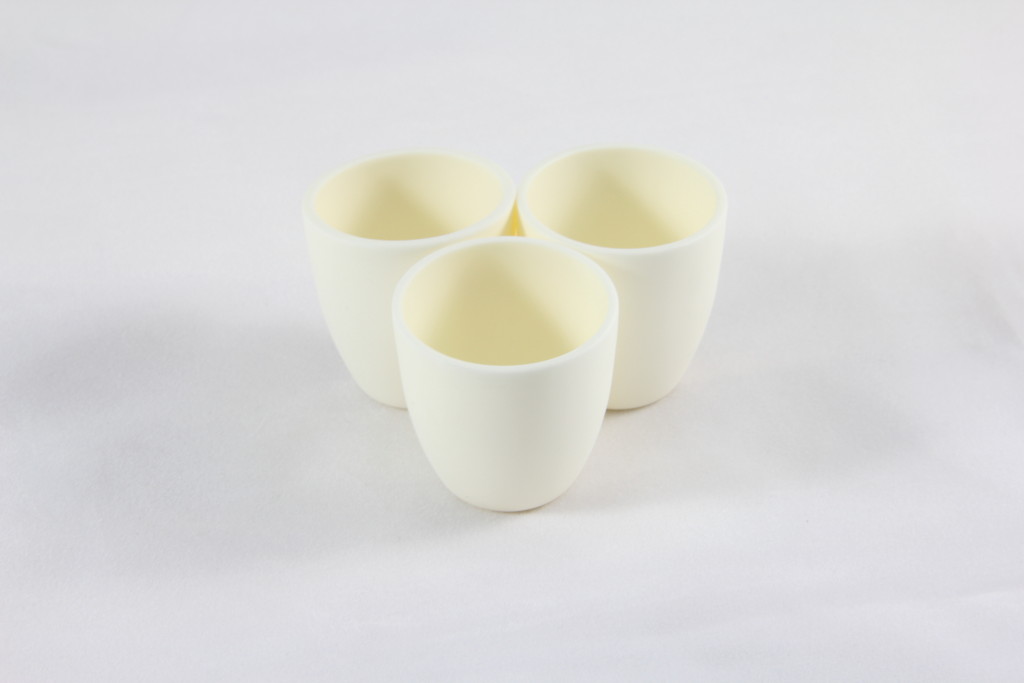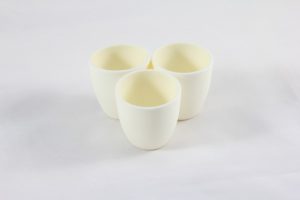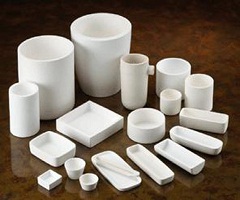- Alumina
- Boron Nitride
- Zirconia
- Other Ceramics
- Applications
- Contact

Because zirconia generally remains partially stabilized in the tetragonal phase, and alumina presents a moderate toughness, there is a trend in the development of alumina-zirconia (zirconia-toughened alumina [ZTA]) and zirconia-alumina (alumina-toughened zirconia [ATZ]) composites with structure at either the micro or nano scale, as proposed for arthroplasty applications.

In 1976, Claussen first described that the addition of unsta-bilized zirconia to alumina increased the fracture toughness of alumina due to interaction between the crack front and the second phase combined with interactions between the crack front and pre-existing microcracks formed during the tetragonal to monoclinic transformation of zirconia.

The percentage of zirconia or alumina in the composite can be tailored and may be altered according to de-mand or manufacturers’ manipulation. Advantages of these composite materials when compared to Y-TZP are resistance to low-temperature degradation, higher strength, and fracture toughness, and more than twice Y-TZP’s cyclic fatigue strength.
A recent material development that, so far, has not been made available to the profession is that of graded alumina and graded zirconia. They are a variation of the polycrystalline restorative materials in which glass is infiltrated into the surface of either alumina or zirconia substrates. This infiltration creates a more damage-tolerant and esthetic sys-tem for improved clinical performance.
A graded structure consists of a material composition (low stiffness glass to high stiffness core) that gradually changes across an interface (eg, between core and veneer and/or the core intaglio surface). Zirconia was infiltrated with a silicate glass with a matched coefficient of thermal expan-sion.
For more information, please visit http://www.samaterials.com/144-zirconia-ceramic